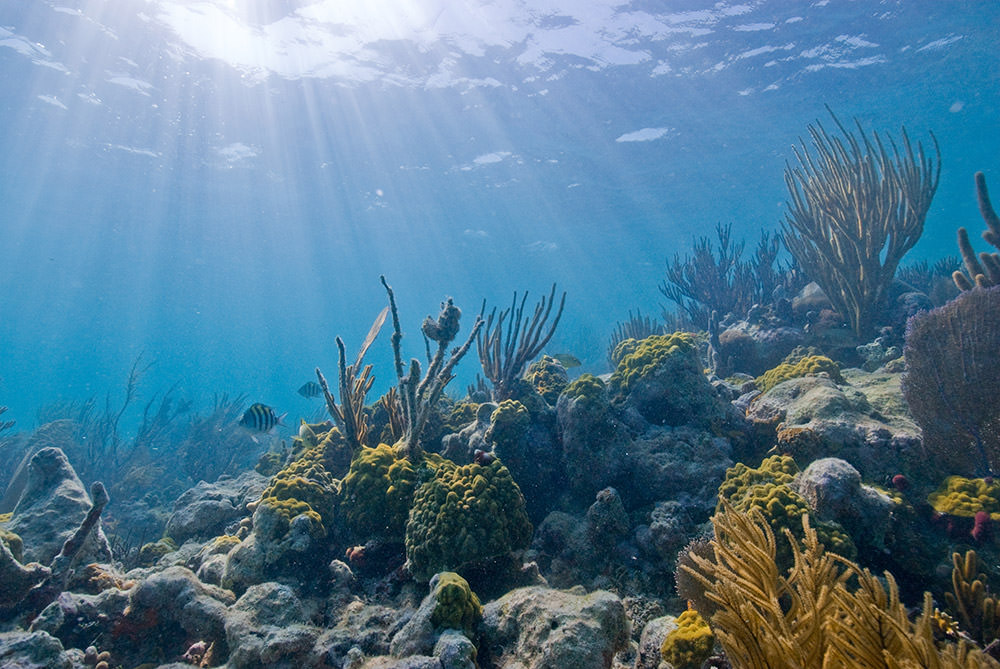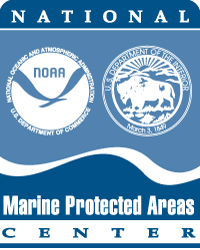
IUCN defines an MPA network as: "A collection of individual MPAs operating cooperatively and synergistically at various spatial scales and with a range of protection levels that are designed to meet objectives that a single reserve cannot achieve."
Many countries are moving from a focus on individual MPAs to MPA networks because of the ability of MPA networks to achieve conservation goals more effectively and efficiently than individual MPAs. Networks can protect species that move across different habitats during different life stages. They can be created at varying spatial scales, depending on their conservation objective. The Convention on Biological Diversity's Aichi Target 11 sets a target for protecting 10% of the world's coastal and ocean waters "through effectively and equitably managed, ecologically representative and well-connected systems of protected areas and other effective area-based conservation measures" by 2020.
Resources
California's Statewide Network of MPAs
Ecological Connectivity for Marine Protected Areas (2020)
Establishing Resilient MPA Networks – Making It Happen (IUCN, 2008)
Current – A Journal for Marine Educators, Special issue on MPA Networks (2010)
 Marine Protected Areas
Marine Protected Areas